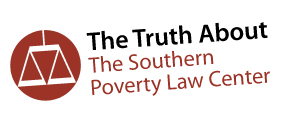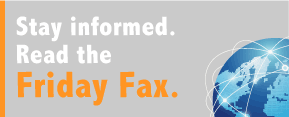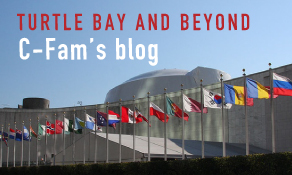WASHINGTON, D.C., July 22 (C-Fam) The Word Health Organization (WHO) announced it is updating its manual on “gender mainstreaming” claiming that “gender identity exists on a continuum and that sex is not limited to male or female.”
The manual was last updated in 2011, and the WHO is updating it in “light of new scientific evidence and conceptual progress on gender, health and development.” The description of the new manual’s focus areas does not mention new scientific evidence, however, but rather illustrates the political shift that has taken place in the past decade, at least in elite circles.
The process of updating the manual, which will take place in partnership with the United Nations University International Institute for Global Health, will include a period for comments and inputs from other stakeholders during this summer and fall. Based on the description of the project, many of the most controversial elements are already included by design, including a focus on “intersectionality” between different identity categories with a focus on power dynamics, which has its roots in Marxist feminist scholarship.
Similarly, its focus on “going beyond binary approaches to gender and health to recognize gender and sexual diversity” does not appear to be open to discussion or critique.
To the extent that these matters are political rather than scientific or medical, they arise from political processes that are outside the democratic and consensus-based structure that produced the UN’s foundational documents through negotiation in the General Assembly and other bodies. Rather, they originate in the work of activist groups and largely unaccountable human rights experts that often share close ties with these groups, all of which are funded by a minority of wealthy donor countries and billionaire philanthropists.
The WHO’s politicization on social issues has accelerated in recent years, as it released a radical update to its abortion guideline calling for the removal of all barriers—including conscientious objection—to accessing abortion for any reason. Again, funding and support was provided by pro-abortion activist groups.
The WHO also updated its diagnostic manual to remove “transsexualism” from its chapter on mental health disorders and move “gender incongruity” into a new chapter on sexual health. This came after intense pressure from transgender activists who wanted to avoid the stigma of being diagnosed with a disorder, but still wanted to be able to obtain a diagnosis in order to obtain “gender-affirming” treatments such as hormones and surgeries—and make their insurance or national health service pay the cost.
The UN has defined “gender” in negotiations in the past. At the 1995 Fourth World Conference on Women in Beijing, the word was only accepted in the outcome document if defined according to its “ordinary, generally accepted usage.” The hard-law 2000 Rome Statute of the International Criminal Court states that “gender” refers to the two sexes, male and female, within the context of society. Even the WHO’s soon-to-be-replaced 2011 manual defined gender as referring “to the socially constructed characteristics of women and men.”
It may be useful for national governments and members of civil society to participate in the WHO’s call for inputs, even if only to lodge objections to a predetermined outcome. Nevertheless, the WHO has once again signaled its willingness to follow not the science, nor the consensus of the governments that provide its mandate, but rather, the most radical positions of extreme gender activists.
View online at: https://c-fam.org/friday_fax/who-announces-plan-to-mainstream-gender-ideology/
© 2025 C-Fam (Center for Family & Human Rights).
Permission granted for unlimited use. Credit required.
www.c-fam.org









